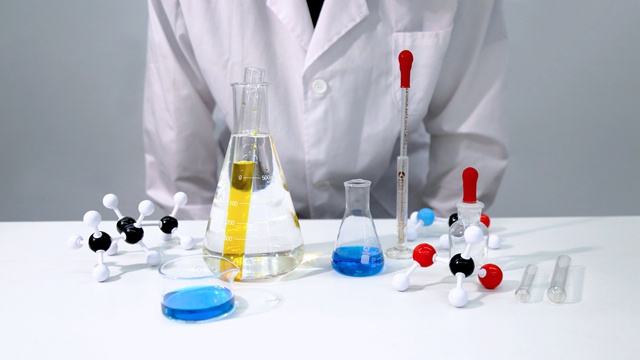 Shen ChangHong
Shen ChangHong
To be a supplier of high quality
laboratory analytical instruments in China.
 Shen ChangHong
Shen ChangHong
To be a supplier of high quality
laboratory analytical instruments in China.

COD analyzer is a kind of chemical oxygen demand analyzer. The COD measurements value will vary with the measuring of reducing substances in water samples and its measuring methods. At present, the most commonly used COD measuring methods are closed digestion Colorimetry method(tube test), (vessel test), (prefabricated tube test). The closed digestion colorimetry is also the instrument principle of COD rapid analyzer.

The determination of COD, ammonia nitrogen, total phosphorus and total nitrogen are all developed according to the documents issued by the State Administration of protection, and the results are accurate and effective. Closed digestion colorimetry is used for COD, Nessler's Reagent Colorimetry for ammonia nitrogen, closed digestion colorimetry for total phosphorus and closed digestion ultraviolet spectrophotometry for total nitrogen measurements. The instrument is widely used in environmental testing, sewage treatment, scientific research institutions and colleges. So, how to operate the total phosphorus analyzer?

COD analyzer is a kind of chemical oxygen demand analyzer. The measuring principle is rapid catalytic method (chromium method). With the application of cold light source display technology, the service life of the light source lamp is up to 100000 hours, and the switching of the measuring parameter light path becomes automatic from manual, eliminating the error factor of human rotation. In the laboratory and field, the COD of sewage can be measured quickly and accurately. It is the necessary experimental equipment for environmental monitoring station, environmental engineering technicians and enterprise laboratory. So, what are the using methods of COD Analyzer?

There are many kinds of organics in water, so it is difficult to measure the quantitative values of various components one by one. At present, the oxygen demand equivalent to the organics in water is often measured to indirectly characterize the content of organics (such as cod, BOD, etc.), or a certain kind of organic pollutants (such as phenols, oils, benzenes, organophosphorus pesticides, etc.). However, the above indicators can not accurately reflect the situation and harm of many trace harmful organic pollutants. Therefore, with the development of environmental scientific research and analytical testing technology, the monitoring and control of toxic organic pollutants will be greatly strengthened.

Measurements of total nitrogen. Ultraviolet method: this method can measure the content of total nitrogen in surface water, domestic sewage and industrial wastewater. Measurement principle: inorganic nitrogen and organic nitrogen in water are oxidized and digested by potassium persulfate and then converted into nitrates. In the medium of sulfuric acid and phosphoric acid, nitrates react with 2,6-xylenol to form 4-nitro-2,6-xylenol and develop color.

Ammonium molybdate method was used to measure total phosphorus in water. Under neutral condition, potassium persulfate was used to digest the water sample and convert the phosphorus contained into orthophosphate. In the acid medium, orthophosphate reacts with ammonium molybdate to form phosphomolybdic heteropoly acid in the presence of antimony salt, which is immediately reduced by ascorbic acid to form a blue complex, and the color is compared at the wavelength of 700nm.